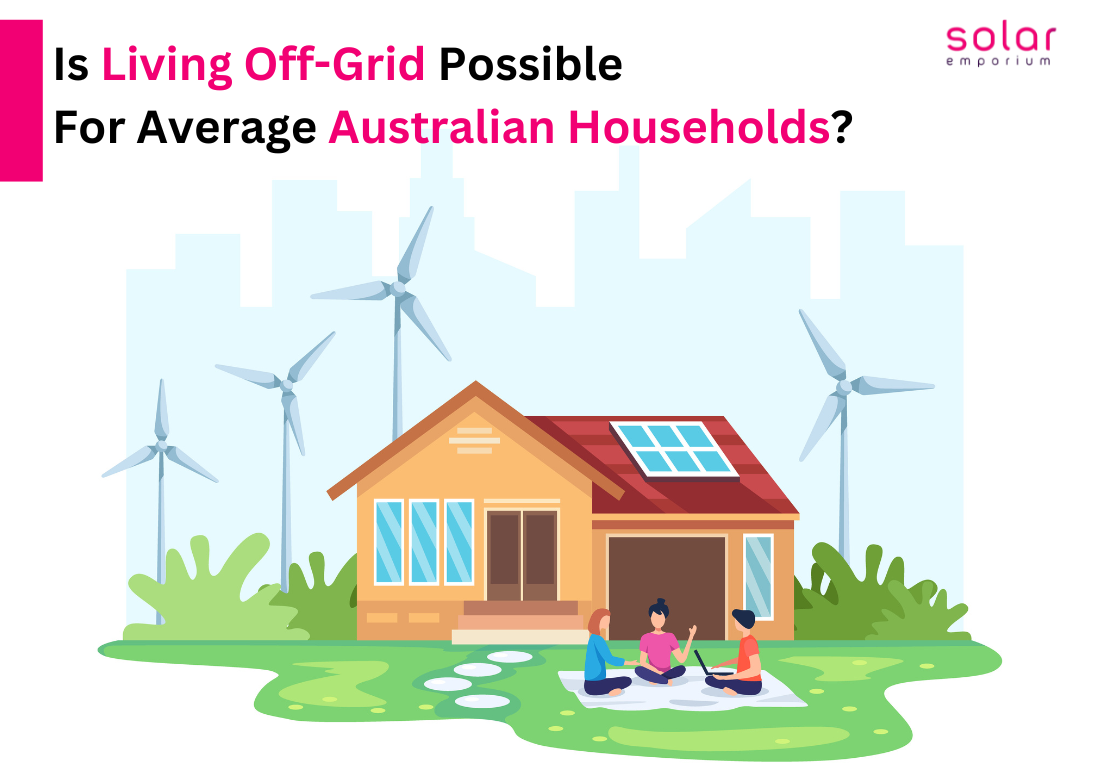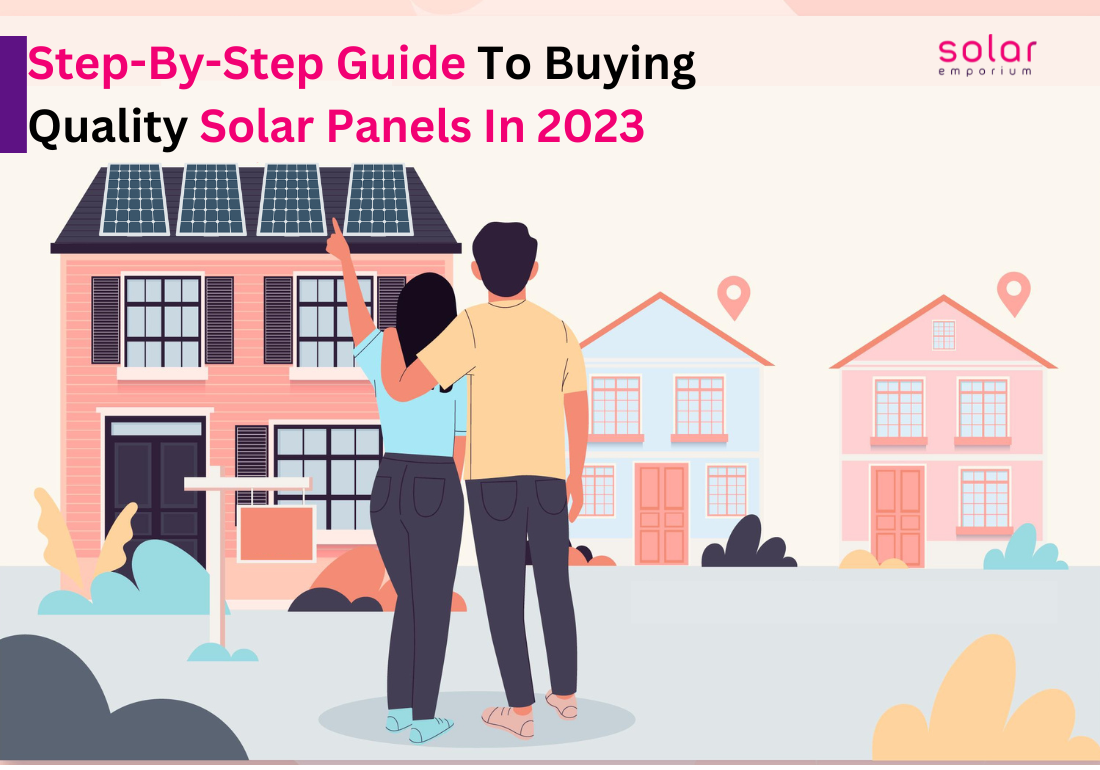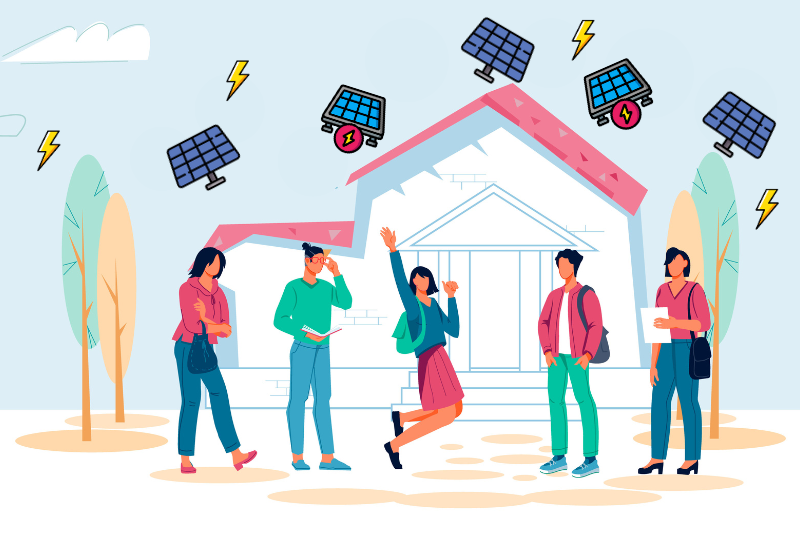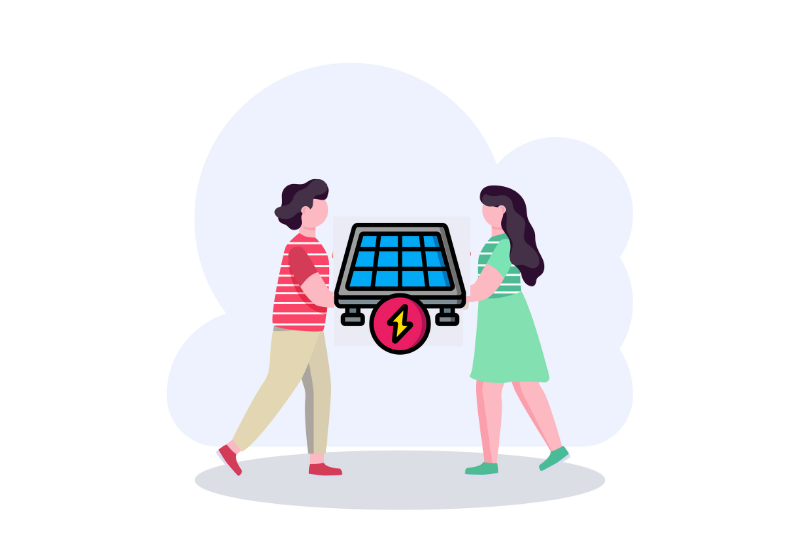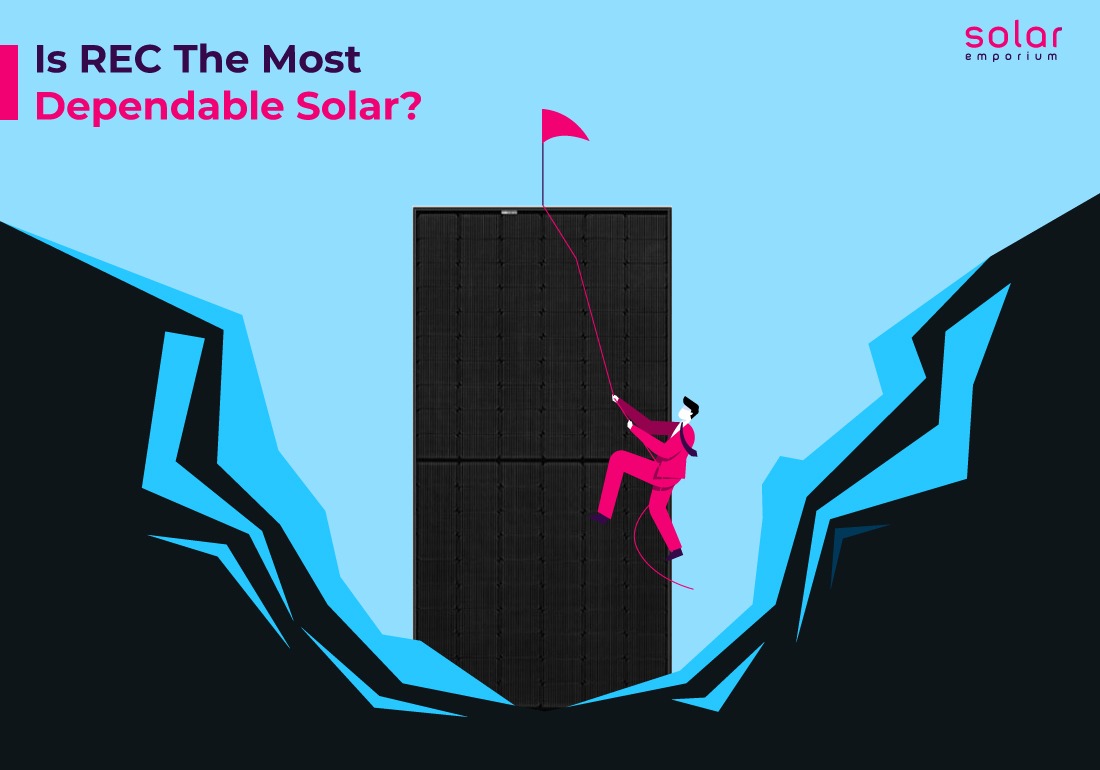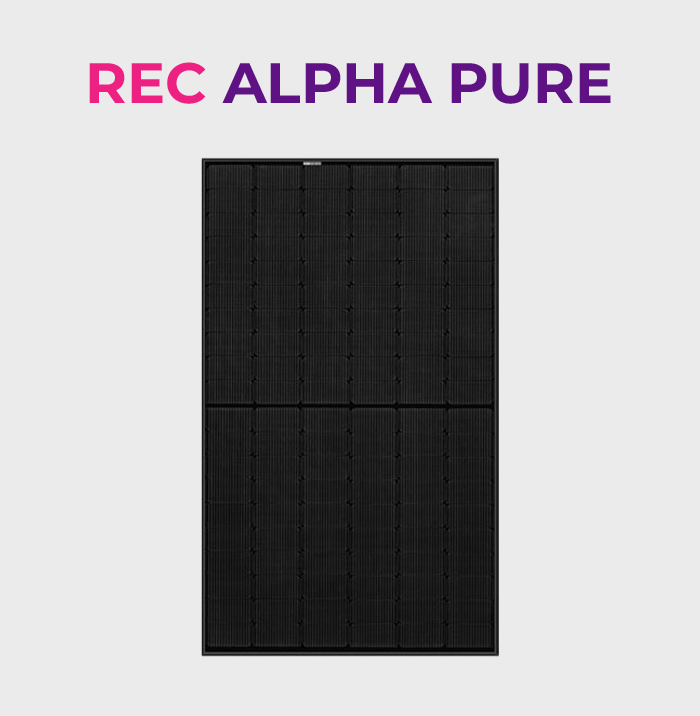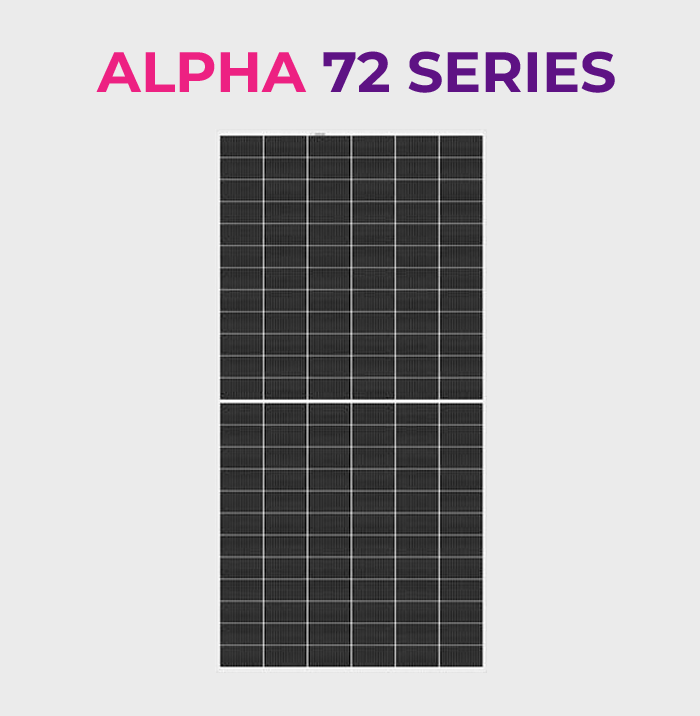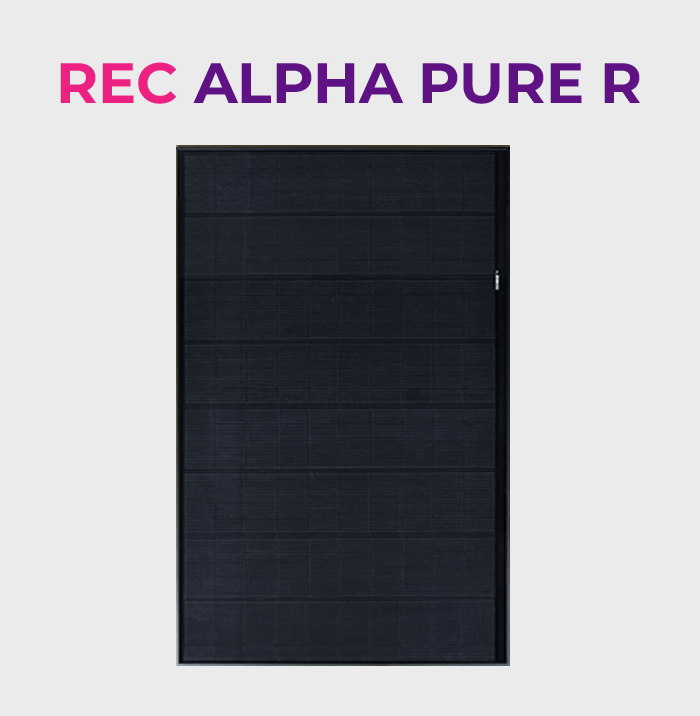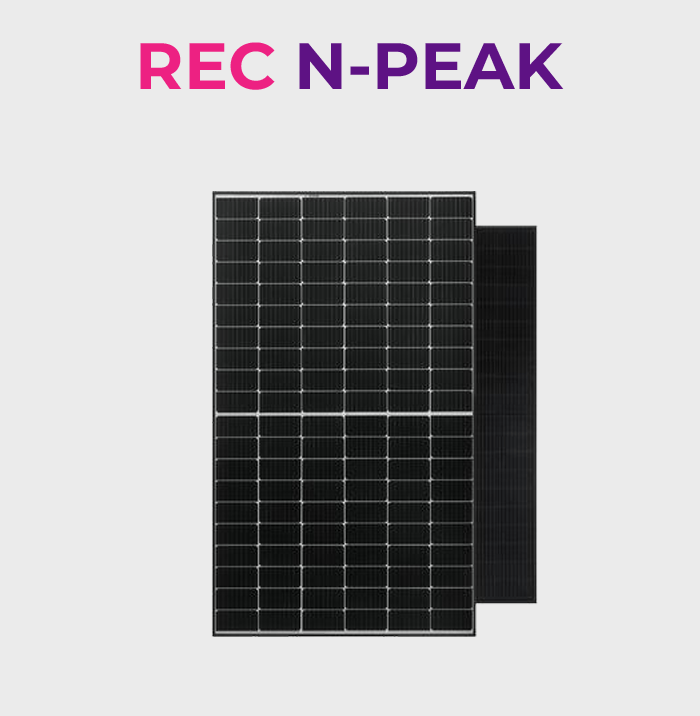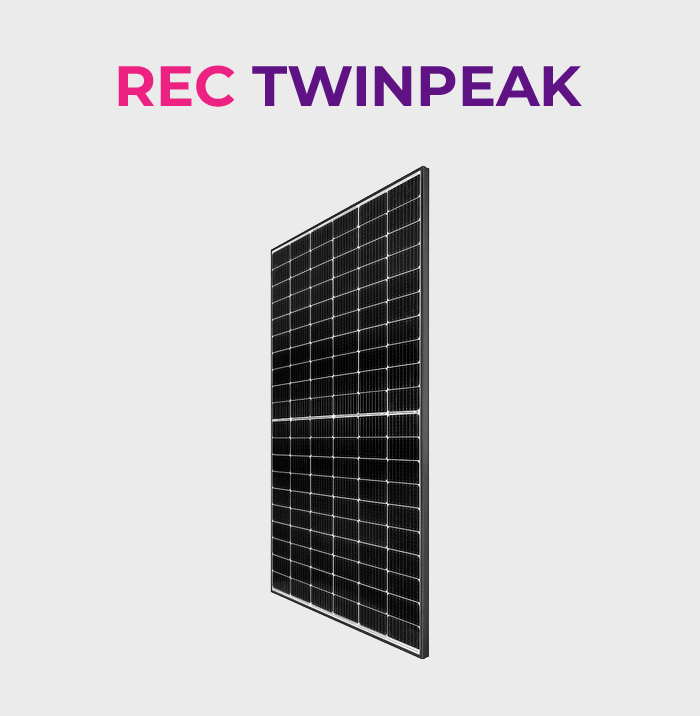With many Australian households facing skyrocketing power bills, living off-grid does have a lot of appeal. But what exactly does it entail, and would it work for you? More specifically, is living off-grid possible for average Australian households?
As electricity prices continue to rise and renewable energy technologies become more accessible. Living off-grid, like how you currently connect to the network, has never been easier, thanks to technological advancements!
And many average Australian households are considering going “off the grid.” Meaning people are living off the grid in Australia.
Right now, off-grid power is less expensive and financially viable. There are no restrictions today like before. Living off-grid, you can have A/C, a pool, electric cooking, and even underfloor heating.
Off-Grid systems are getting popular among those seeking to be self-sufficient and less reliant on the energy grid. However, before going off-grid, we need to consider many factors.
We have done the hard part by examining the benefits and drawbacks of off-grid. So that you can easily make your choice.
Living off the grid no longer requires a tent in the woods and water dipping from a stream. Whether you want to become entirely self-sufficient or reduce your power bills, there is a solution. Let’s look at some key things to think about.
Recent advances in small-scale solar and storage technologies have enabled households to self-generate a significant portion of their energy consumption. And it’s easy to see why solar might be an appealing option.
Solar Energy
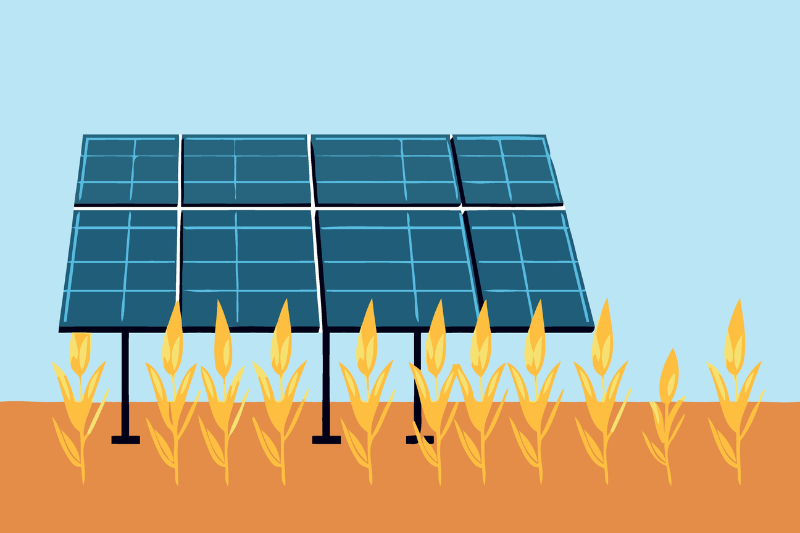
Solar panels are becoming more efficient. It means you don’t need as much roof space to power an entire household from the sun as you once did.
If your budget or space is severely limited, consider purchasing just a few panels for a solar solution that provides free hot water.
Using solar requires a few changes to your household routines according to daylight hours. Such as running appliances during the day rather than overnight.
Another option is investing in solar batteries. It lets you go completely off-grid or protect you from lengthy power outages.
Can You Use Solar Panels To Go Off-Grid?
To answer your question, yes! You can use solar panels to go off the grid. An off-grid solar system is an autonomous system. The system utilizes solar panels to produce energy and stores excess energy.
This type of system is usually for people living in remote areas. It is for people who don’t have access to the power grid.
While off-grid solar systems are self-sufficient, they can power your home or business. These off-grid systems don’t need any connection to the grid.
How Many Panels Do You Need For An Off-Grid House?
The exact number of panels you require to power an off-grid house is determined by several factors, including:
- The average daily consumption of electricity.
- The solar panel type and efficiency.
- The house’s geographical location and the amount of available sunlight.
How many panels you require will depend on your household’s energy requirements. We recommend consulting a professional solar installer like Solar Emporium who can thoroughly assess your energy requirements. Solar Emporium can provide you with a solution tailored to your needs.
Notably, the number of panels required is only one factor to consider. You’ll also need to ensure to have enough battery storage. Not only will you need to generate enough solar energy to meet your needs, but you’ll also need to have enough energy for when the sun isn’t shining.
Backup energy storage will get through extended periods of low solar, such as winter and cloudy days.
It is also critical to perform regular maintenance on your batteries and panels. You must ensure your setup works properly and optimally to store enough energy to meet your needs.
The Fundamentals Of An Off-Grid Solar System:
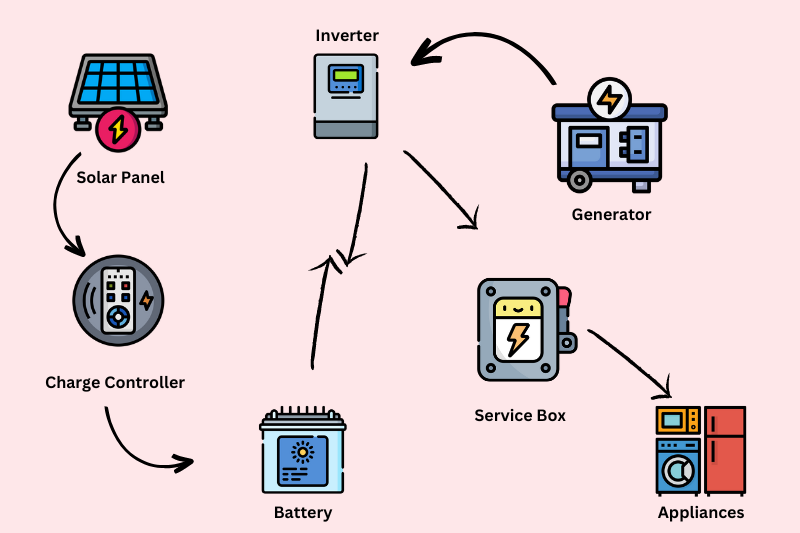
- Panels for solar energy
- Solar Charge Manager
- Solar Storage\batteries
- AC Inverter
- A Backup generator
What Exactly Is An Electricity Grid?
A large and complicated electricity transmission and distribution system is called the grid. Australia has four major power grids, and nearly everyone is connected to one.
- The National Electricity Market (NEM) operates in Victoria, New South Wales, Queensland, Tasmania, South Australia, and the ACT.
- SWIS (South West Interconnected System): A system that operates in Western Australia.
- The North West Interconnected System (NWIS) is a system that operates in Western Australia.
- The Darwin-Katherine Electricity Network is operational in the Northern Territory.
Electricity distribution companies manage and maintain these grids. Maintaining and upgrading these grids cost more than half of your electricity bill. Falling grid energy demand makes it more expensive for network operators to keep their systems, potentially raising electricity prices.
How Can You Reduce Your Dependence On Power Grid?
You don’t have to go off-grid to reduce your dependence on the grid. Installing a solar battery without disconnecting from the grid is an excellent middle ground. It allows you to store excess energy generated by your solar panels when the sun isn’t shining.
You can also be less stressed knowing you have a reliable energy source. It can even provide you power when the grid is down.
And, if you have a battery, connecting it to Solar Emporium’s Off-grid system allows you to increase your energy independence while earning rewards. Households that connect their home battery to our storage system can receive a monthly credit on their electricity bill.
What are The Differences Between Off-Grid And Grid-connected Solar?
- Off-grid solar system is when solar panels don’t connect to the grid. It generates and stores electricity independently. As mentioned before, these systems are usually for remote areas. It’s for individuals who don’t want access to an electrical grid or rely on the grid.
- In contrast, grid solar refers to a system with solar panels linked to the electrical grid. This system generates electricity and feeds any excess power back into the grid. It allows the homeowner to receive bill credits or payments for the extra power they generate.
- It is typically used by households with electrical grids who want to reduce their energy bills using solar energy.
- The main distinction between off-grid and grid-connected solar is the degree of dependence on the electrical grid. Grid-connected systems are linked and interact with the grid, whereas off-grid systems operate independently.
- Off-grid systems also demand more initial investment. But with many rebates, these should be within reach for average households. Cutting the power comes with its challenges. And the most significant one comes with the possibility of going without power for long periods.
What Does It Cost To Live Off-Grid?
A dependable solar battery, a large off-grid solar system, and a backup generator are required to live off the grid. Even after government rebates and incentives, living entirely off-grid will cost at least $20,000-$25,000.
The average Australian household consumes between 12 and 16 kWh of electricity daily. Generally, a 1kW solar power system will produce approximately 4kWh of electricity under ideal conditions.
Consequently, a 3kW – 4kW solar system would be required to cover your daily energy consumption. You would need a 5kW – 6kW solar system to be entirely off the grid.
However, it’s recommended by us to opt for a larger 5kW system. A 5kW solar system will cost around $4,500 – $8,000. Customers eligible for a government rebate could get a price reduction.
The main disadvantage of solar is that it only works when the sun shines. As a result, you’ll need to install a solar storage battery if you want to have power at night.
You may require a storage system of at least 10kW – this entirely depends on your energy consumption. Prices for a solar system of this size, including installation, can range between $8,000 and $12,000.
If you add up the solar system installation costs with disconnection and council permission fees, an off-grid solar system can cost around $20,000.
The cost of solar systems and storage batteries will soon be cheaper. If you cannot spend the money now, it may be worthwhile to invest in it soon.
Also, remember that you must maintain your solar system. And it might come with additional repair and replacement costs.
Will Living Off-Grid Save Money?
The short answer for the majority of you reading this is yes. But as appealing as it sounds, the initial investment might be a lot for average Australian households. However, with Solar Emporium’s solar packages and off-grid system, you can stop worrying.
Our packages and off-grid system bring inexpensive solutions to your doorsteps within a budget.
Should You Live Off-Grid?
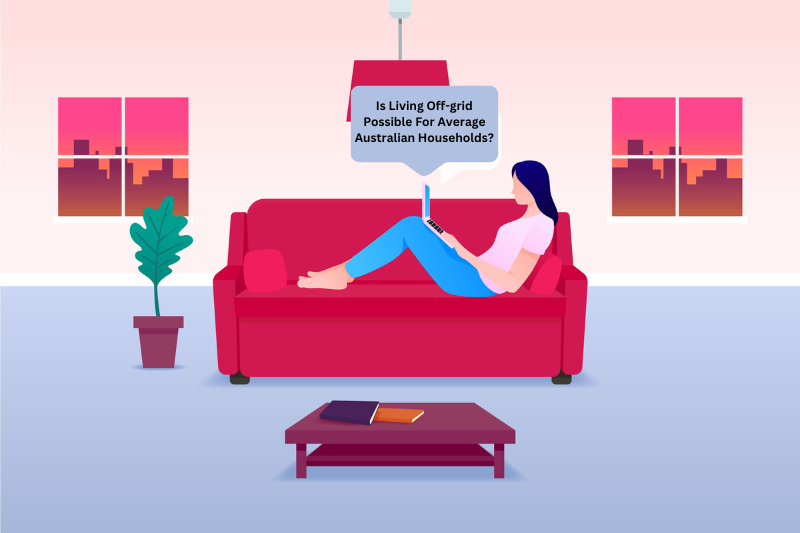
Whether you should disconnect from the power grid depends entirely on your location and personal circumstances. You may get some fantastic deals on your solar installation. But it can take a long time to see a good ROI.
But grid electricity being costly, living off-grid may be a better option for average Australian households. Solar systems have grown in popularity in Australia over the last decade. An increase in solar ownership will decrease the cost of renewable energy.
Renewable energy sources are widely accepted as the way of the future. And as solar technologies improve, the capacity and efficiency of solar systems should improve while prices continue to fall.
Therefore, it will get more feasible for an average Australian household to live off-grid. It’s no surprise that many people in Australia are considering becoming more self-sufficient. And installing an off-grid solar system is the perfect way to do that.
Why Living Off-Grid Maybe Your Only Option?
- If you live in a rural area of Australia without an electricity grid. You might be forced to create your electric systems. Hence, living off-grid may be your only option.
- If you’re experiencing frequent blackouts, it may force you to disconnect from the grid.
- The nearest grid connection point from your home is far away. And the electricity network wants to charge you an exorbitant fee to connect you to it.
- Interested in self-sufficient energy without reliance on a grid or fossil fuels.
But Is Living Off-Grid Actually Possible?
Once off the grid, you can use a combination of storage solutions and technology. The best solution would be to reduce our reliance on the grid.
Solar PV technology makes the most sense because it has the quickest payback, especially if you can get a good deal on the panels.
We can all afford to reduce our dependence on the grid by simply using less energy. Our current energy use is highly inefficient, and we can change a few habits right now to make off-grid living more feasible and reduce our energy bill.
Living off-grid is the cheapest option for average Australian households. And as the fossil fuel industry faces the most dramatic change, off-grid living, and renewables are getting more feasible.
